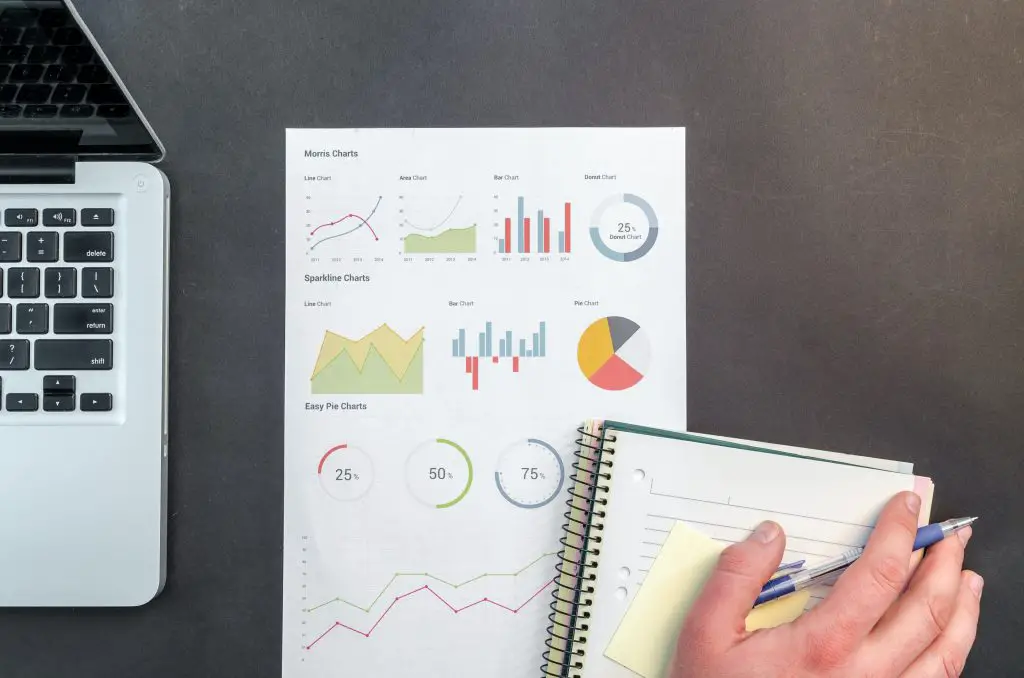Bayesian statistics is a systematic process for describing educated guesses during uncertainty using mathematical probability. The Bayesian interpretation of probability expresses degrees of belief in a specific event happening. The amount of belief can be determined by prior knowledge about an event, like results of similar events in the past, experimenting about potential outcomes, or on beliefs about the event based on experience.
Bayesian statistical methods use Bayes’ theorem to calculate and then update current probabilities of an event as new data becomes known. Bayes’ theorem tries to explain the current conditional probability of an event occurrence by using data along with prior information, beliefs about the event, and conditions that correlate to the event.
Bayes’ theorem is used as a tool to estimate the parameters of a distribution of probabilities or as a standalone statistical model. Bayesian statistics treats probability as different degrees of possibilities of an event occurrence so Bayes’ theorem can calculate and assign a probability distribution that quantifies the belief of occurrences to a set of parameters.
According to Bayes the true market conditions are best expressed in current probabilities that will continually change and update at any given moment as new price action and technical indicator feedback occurs. An uptrend or downtrend that keeps going or reverses, volatility that keeps expanding, or price that stays in its range is all important information as it continues. As new price action data is looked at in the context of past data, patterns become more clear. Price tells a story as it plays out one candle at a time on the right side of the chart.
A trade idea starts with an educated guess and an entry signal based on what you currently know about backtesting and the current chart pattern. As your trade plays out you know more, there is an update to your trade based on new price action.
- If your stop loss is triggered you exit with a small loss.
- If the trade moves in your favor you let it run.
- For a big winner, you move your stop loss to a trailing stop to maximize the win.
- If your profit target is hit you lock in profits as the risk/reward may become skewed against you.
A trader using Bayes’ theorem attempts to create big wins or small losses by managing a trade based on price action as it unfolds in real time not predetermined opinions or predictions that are held regardless of new information. This type of a trader is open minded and flows like water with the path that price takes them whether it is a stop loss or a profit target. They attempt to capture most of a trend on a chart either up or down for a large profit.
The odds in the financial markets and on charts are continually updated, follow the signals that the newest price data is giving you to make the best decisions. A profitable trading system is built to always play the best odds for creating big wins going with the path of least resistance while keeping losses small.
